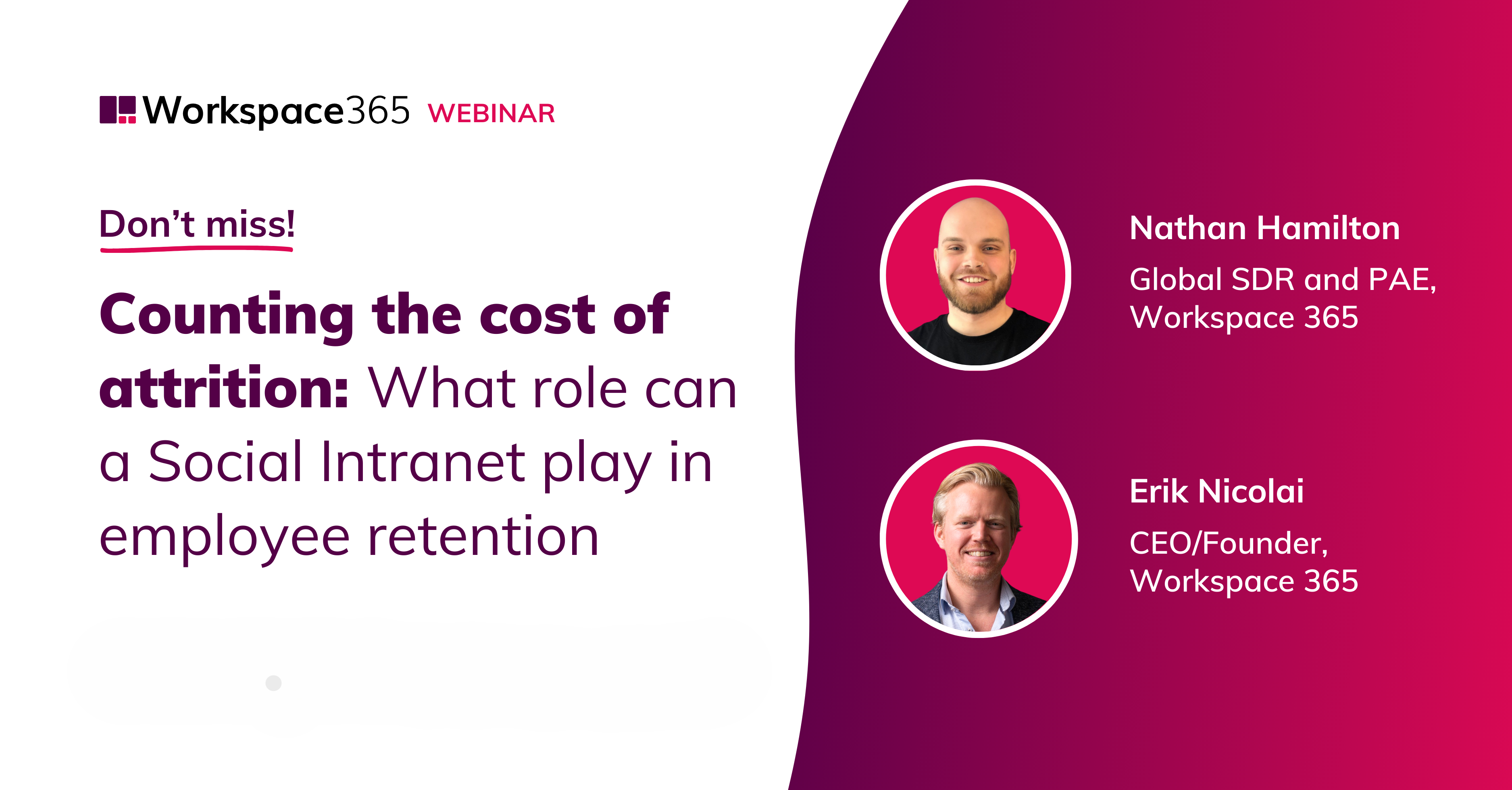A good employee experience is essential in serving the customers of any business. We live in a digital age and that means that workspaces must now operate in the digital space. This adds a whole other dimension to employee experience that we need to consider – the digital employee experience (DEX).
The term employee experience appears to be self-explanatory but it is a bit more nuanced – especially when we consider the digital experience of employees in particular.
Employee experience, very simply put, is what employees encounter, feel and observe while working at a particular company. Things like the company values, the way staff behave towards one another, the physical space and even the technology they need to use all contribute to the employee experience (EE).
It is not only about how employees complete tasks, it is the environment in which they do so and the tools they use.
Many companies are opting for digital workspaces – even more so now with many people working from home. For many reasons, the adoption of cloud-based software is on the rise. This plays a huge role in the digital employee experience.
Digital literacy, therefore, is an integral factor in making this experience a pleasant one for employees and employers. Companies need to assess their employees’ digital skills and determine how digitally experienced their employees are. This enables them to provide support and enhance their employees’ digital experience.
The benefits of digitally experienced employees
Well-trained and experienced employees are needed in every workplace regardless of industry. So why is it so important to have digitally experienced employees in particular? Well, when you consider the increase in digital transformation and what this technology can do for your business, the answer is a little more apparent.
Digital workspaces offer adaptability and more freedom. The world is fast-paced and business evolves constantly. The agility that digital tools offer is perfect for this. You can have all the tools and processes perfectly tailored to your needs. But, if your employees can’t use them effectively, then there isn’t much point.
The happy employee
Additionally, if employees struggle with digital tools (because they haven’t received the right training), they will have a poor employee experience. This could lead to them seeking work elsewhere where they will receive better support.
Increased productivity
Digitally experienced employees will be able to use technology in a way that increases productivity through increased efficiency. Digital tools speed up work processes, which leaves employees with more time to get things done.
Increased adaptability
Employees with higher levels of digital literacy can also adapt better to changes in the technologies used. This could mean less time spent training employees and they will feel empowered to continue learning on their own.
Confident and empowered employees are happy employees! At the end of the day, your employees are people. It’s important to consider the impact that the tools you use have on the employee experience.
Particularly if you are adopting a digital workspace, DEX becomes an even bigger factor to consider. Studies have shown that happy workers are more productive (up to 13%!) and are better for staff retention. So, ensuring employee wellness is a win-win for employees and employers.
Important employee experience factors
So we know that satisfaction and happiness play a big role in ensuring that employees are productive. Now, let’s look at what that means more specifically. It’s all well and good to know that you should create a good employee experience. But, what actually makes it good?
It’s important that the employees’ and the company’s goals and values align with each other. Employees generally apply to companies where they feel that they would be a good fit. It’s not only important for companies to say that they have certain values but to also put these into practice. These values can and should be enacted in a number of ways.
Communication and collaboration
As always, communication is key! Communication around work tasks should be clear to avoid confusion. Employers should also communicate appreciation and praise often to motivate employees.
There should also be the opportunity for employees to socialise with one another and with management. This promotes teamwork and collaboration, which can lead to a more open and comfortable work environment.
Even when working remotely, this is possible with the right tools like an adaptive digital workspace.
A pleasant workspace
The physical workspace also needs to be pleasant. No one wants to work in an office that is neglected, unpleasant to look at, or even dangerous due to hazards.
This may not be a problem in the digital space. But, it is important that the platform you use is easy and pleasant for your employees to navigate. Digital workspaces can also be aesthetically pleasing and should be easy to ensure a positive employee experience.
Technology and room for growth
Keeping things simple is great for ease of use and freeing up time. Employees should also feel that there is room for growth though.
Employee expectations and needs are crucial in determining their experience in the workplace. If they feel as though they are stagnating, people may seek employment elsewhere.
Technology also plays a big role here with regard to employee experience. Introducing new digital tools that your employees can learn to use improves their skillset. With constant advances in technology, digital skills are critical. Thus, providing your employees with training and support for using technology empowers them.
Not only does this help them to achieve their career ambitions as they progress, but it can also enhance the work environment. Using inefficient digital tools or neglecting to train employees can waste time and cause frustration. Thus, evaluating digital experience and providing the right training can significantly enhance the employee experience.
Conclusion
The direction the world is heading in terms of the digital space means that a lot of focus has to be placed on employees’ digital experience. In order to provide the best support to your employees, you need to know their current skill level.
So, it’s important to periodically ask, “How digitally experienced are your employees?” because, at the end of the day, it really does play a huge part in their employment experience.







